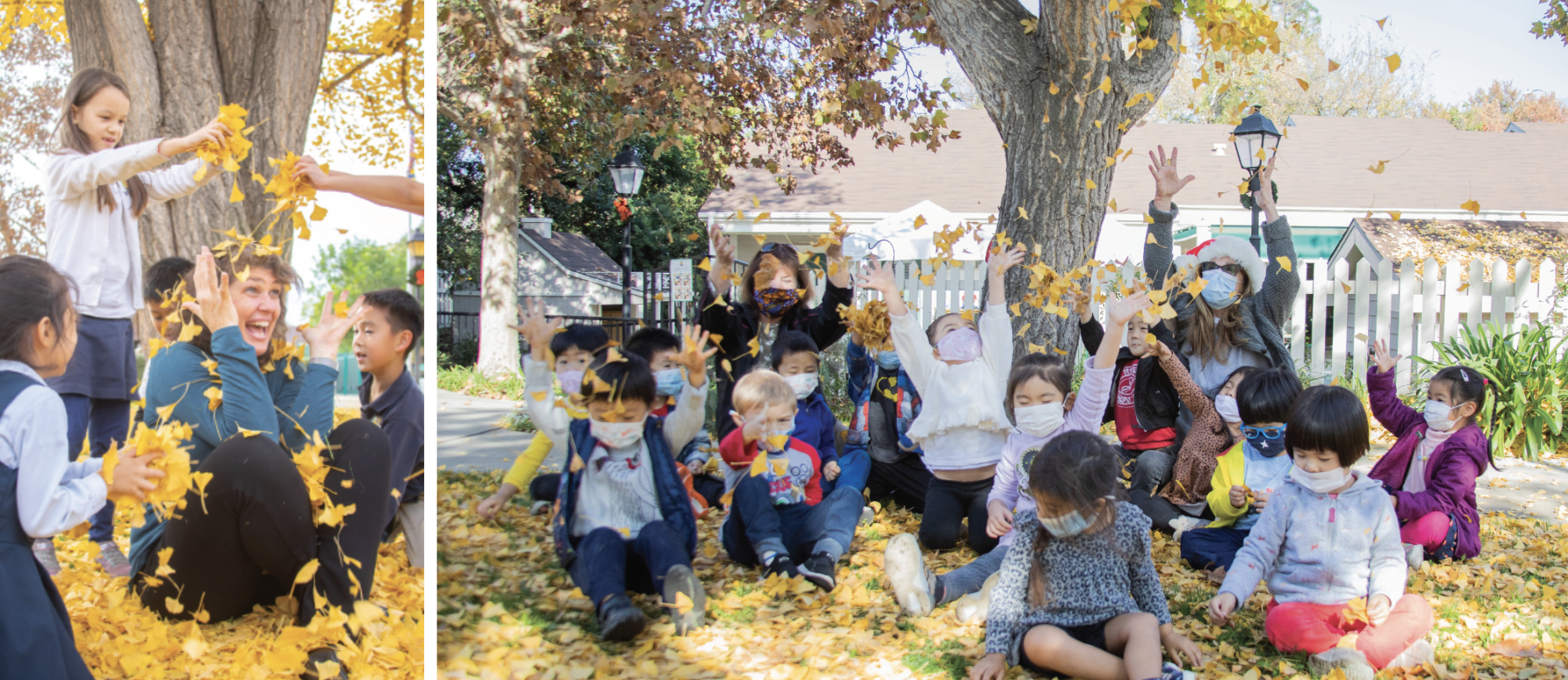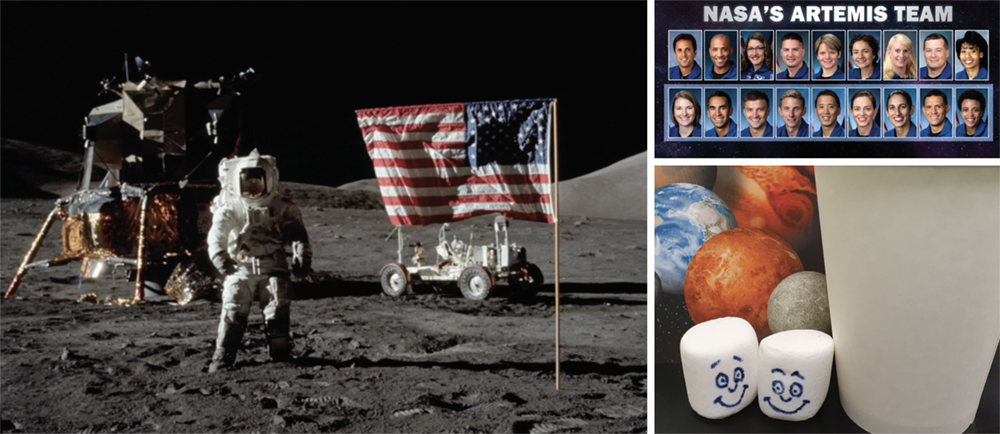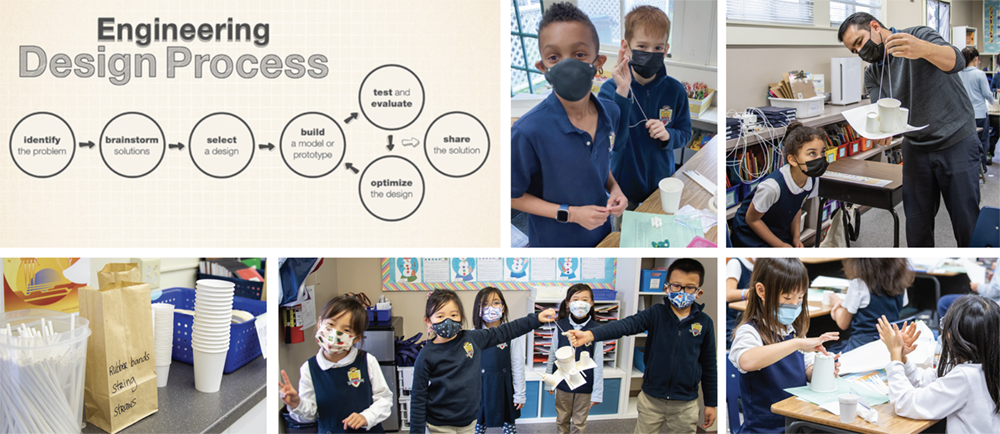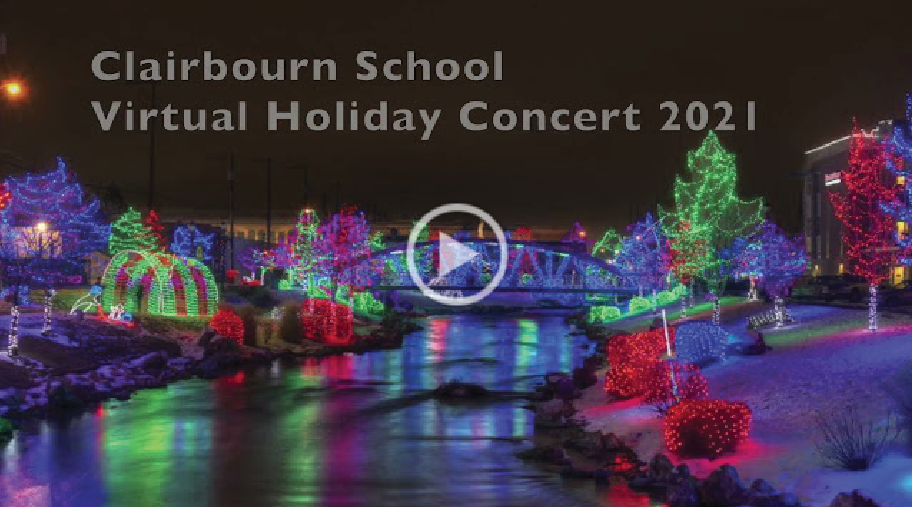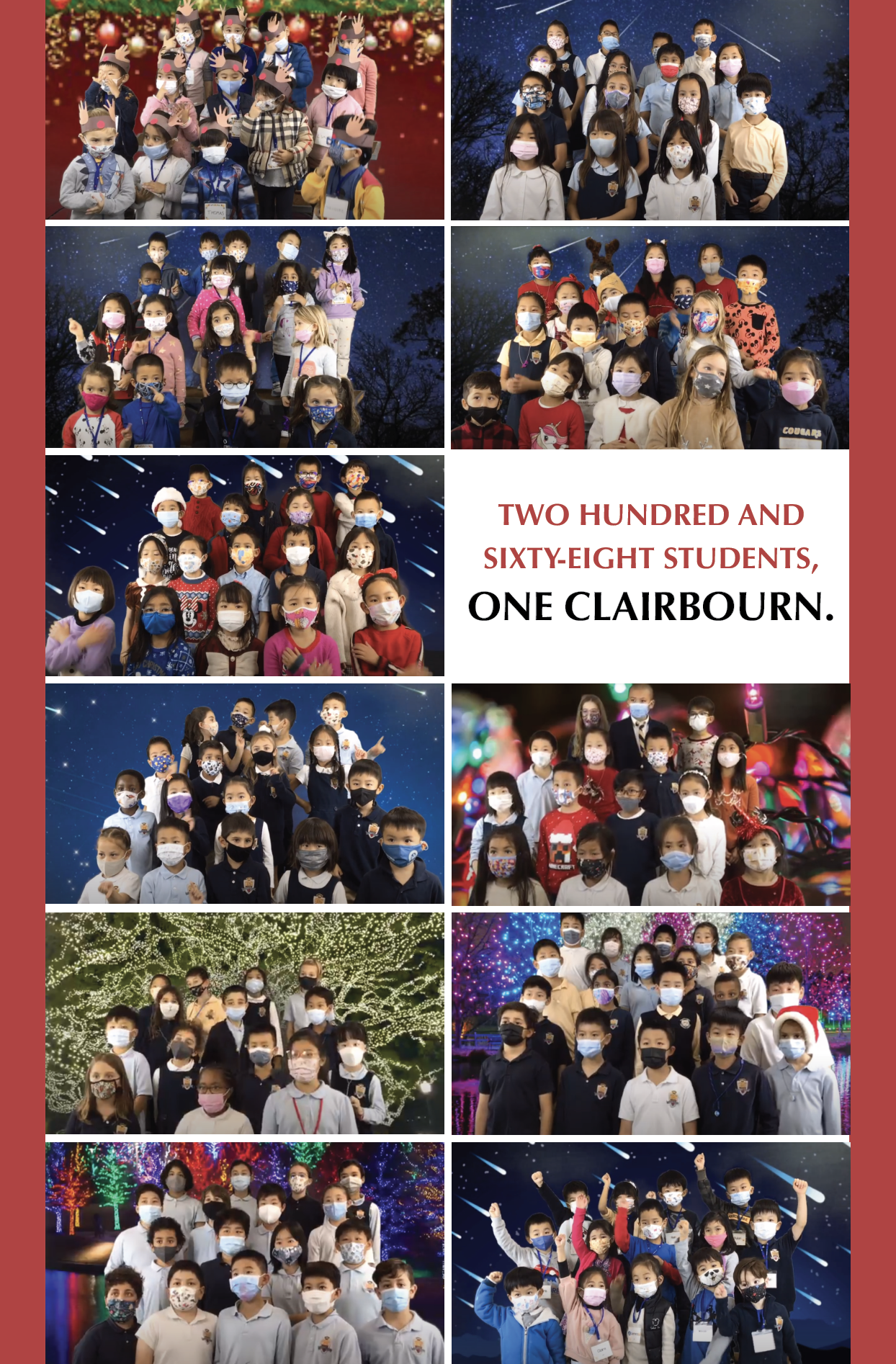In 1931, when Clairbourn first moved to its current location on Huntington Drive, the dominant feature hovering over the 8.5 acres was a large eucalyptus tree. Planted around 1870, this 120 foot tall blue gum eucalyptus stood as a campus landmark. The tree measured 46 feet in circumference and 12 feet in diameter at knee-level. The enormous tree was planted by Mr. D.J. Rose, an early resident who owned Sunnyslope Ranch, including the property on which Clairbourn School is now located. The eucalyptus tree was named the Clairbourn Tree and became the symbol of Clairbourn School. Students enjoyed playing around the tree at recess and enjoyed its distinct scent.
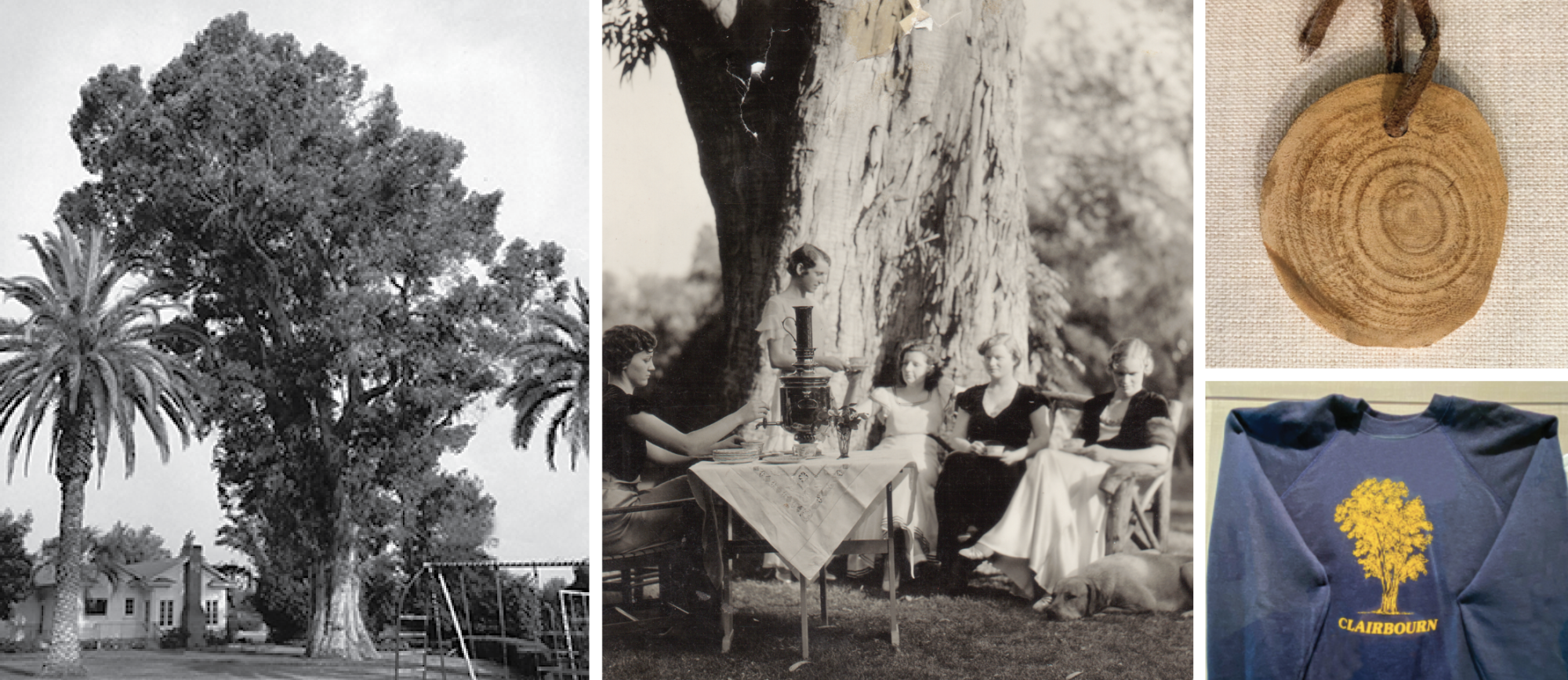
A windstorm took down the mighty 120 year old eucalyptus tree in 1988. It started to lean over throughout the night and by four in the morning, it had laid itself down between the buildings on campus without causing any damage. Portions of its branches were cut into rounds and turned into keepsakes for students and alumni to remember.
With the loss of the beloved eucalyptus came a new set of friends – the ginkgo trees! Along with a few trees in a small grove, a large ginkgo tree was planted right in the center of our quad in 1989. Our large ginkgo tree is now 33 years old and we have a total of six ginkgo trees around the campus.
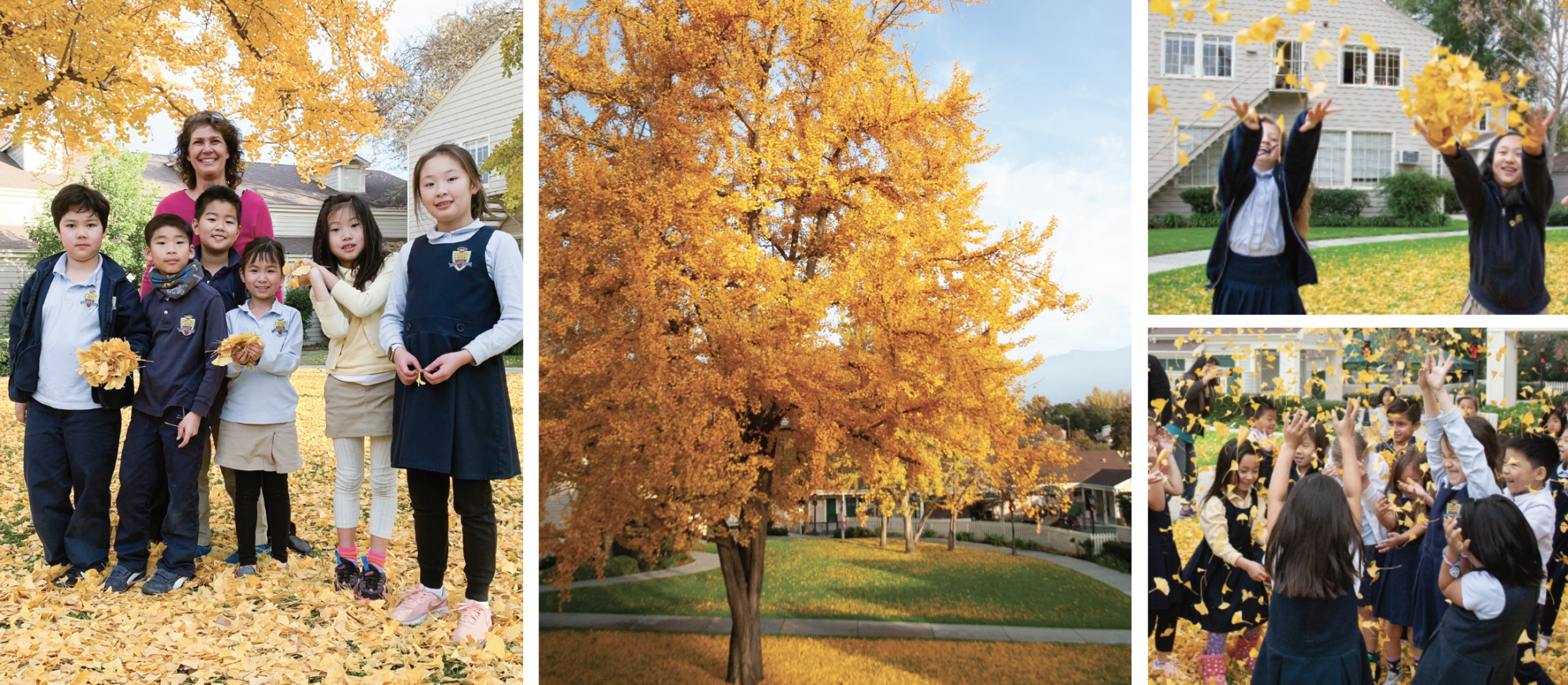
Our JPK teacher Mrs. Rankin recalled she started taking students out to play in the ginkgo leaves around 1998. The Clairbourn tree legacy continued with a new tradition. Just like those students 80 years ago, Clairbourn students continue to enjoy playing around the trees. Children of all ages romping through piles of leaves and chasing after their friends has become one of the most cherished memories for our Cougars.
Next time you walk by the quad, make sure to look up at our big, friendly, giant ginkgo tree and remember the eucalyptus tree that stood before. Everyone is part of our growing Clairbourn tradition!
